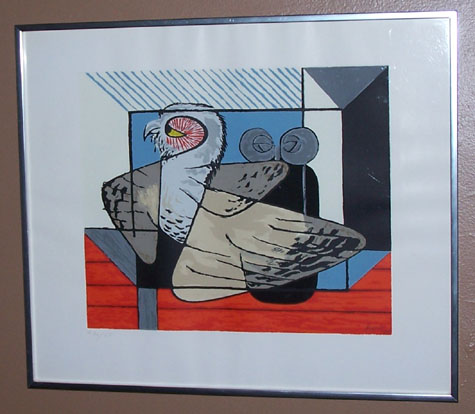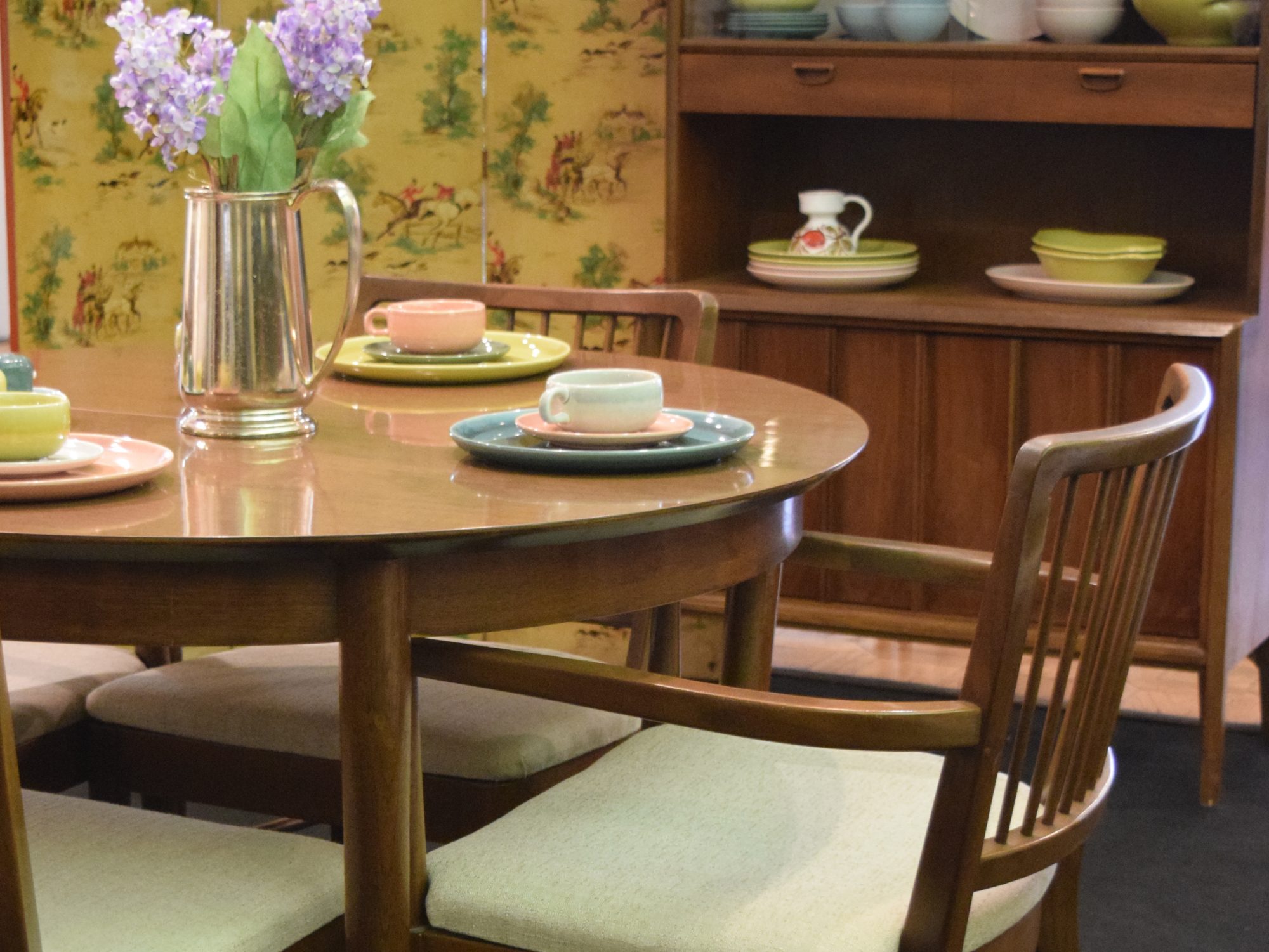
bauhaus 50 Jahre Stuttgart – Herbert Bayer (signed) – 1968
Herbert Bayer was a graphic designer, painter, photographer and architect who left a lasting impression in each of these fields. Born is Austria at the very beginning of the 20th Century, Bayer studied at the Bauhaus under Wassily Kandinsky and László Moholy-Nagy. Bauhaus founder Walter Gropius named Bayer director of printing and advertising and his work in this area produced the iconic typography Universal, a Grotesk typeface, in 1925. This was later adapted known as Architype Bayer font and is still popular today.
In 1928 Bayer became art director of Vogue Magazine’s Berlin office. In 1938 he moved to New York to become consultant art director for J. Walter Thompson and art director of Dorland International. He then formed what would be a long, fruitful association with the Container Corporation of America, which produced some of the most innovative and widely applauded print advertising of the 20th Century.
Bayer again relocated in 1948 to Aspen, Colorado where he co-designed the Aspen Institute and restored the Wheeler Opera House. His work developing promotional posters for Aspen’s new skiing attractions led to that site becoming one of the top skiing destinations in the World. Bayer donated over 8,000 of his works to the Denver Art Museum.
I have two works by Bayer in my collection – both acquired at a yard sale a few blocks from my home. It seems a young lady, whose parents were art collectors, was moving to Hawaii and selling out virtually the entire contents of her apartment in her front yard. I purchased these two signed pieces by Herbert Bayer, and several other wonderful works of art by other artists, as others at the sale scrambled to get the fishing poles. The young lady, much more focused on her upcoming move than on the artwork her parents had collected, let them go for next to nothing.

Two Owls – Serigraph – Herbert Bayer (signed) – #30/65 – 1948
I originally took these to our shop to put on sale but ultimately couldn’t stand to part with them. So, these works by this 20th Century modernist master now have places of honor in our home.

Comments are closed.